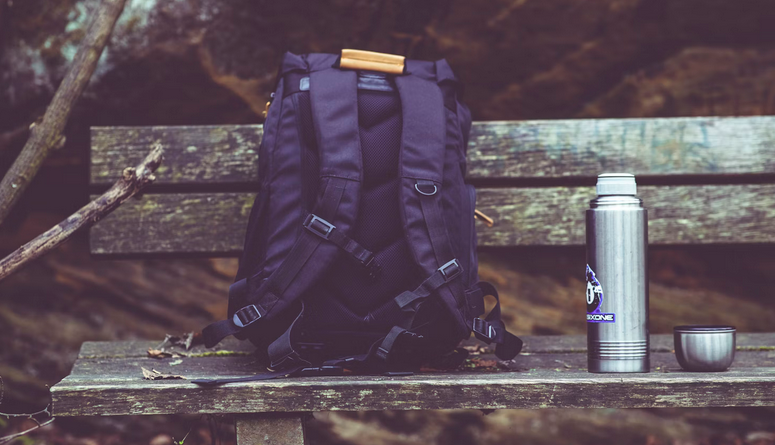Choosing the Best Backpack Frame for Hiking: Best Materials Used in Backpack Frames
If you’re planning an epic hiking trip or even just a weekend getaway in the great outdoors, you know that choosing the right backpack frame is crucial for a comfortable and enjoyable experience. A good backpack frame provides support, distributes weight evenly, and helps to prevent fatigue and strain on your back.
But with so many options out there, how do you know which backpack frame material is best for you? That’s where we come in. Here, you’ll explore some of the most common materials used in their construction. So, shall we begin?
Aluminum

Aluminum backpack frames have been a staple in the hiking world for years, and for good reason! They are lightweight, durable, and offer excellent load-carrying capabilities. Plus, they won’t break the bank. The best thing about aluminum frames is their strength-to-weight ratio. They can handle heavy loads without adding unnecessary bulk to your pack. Aluminum frames also excel in providing stability and support during rugged hikes, ensuring that you stay balanced on uneven terrain. So whether you’re planning a day hike or a multi-day adventure, an aluminum frame will be your trusty companion along the way.
Carbon Fiber
Carbon Fiber is not a new name for the material used in backpack frames because of its lightweight and durable properties. It’s like having the best of both worlds. The carbon fibers are woven together, creating a strong and rigid structure that can withstand heavy loads without adding unnecessary weight to your pack.
Plus, it has excellent resistance to bending and fatigue, making it perfect for long hikes or treks. It’s also known for its ability to dampen vibrations. This means that when you’re walking on uneven terrain or carrying heavy gear, the carbon fiber frame will absorb the shocks and reduce the impact on your body. No more feeling every bump along the trail.

HDPE (High-Density Polyethylene)
Aside from those two, this type of plastic offers more durability and strength while still being lightweight. It’s commonly used in backpack frames because of its ability to withstand heavy loads without adding unnecessary weight. Thanks to its resistance to impact and abrasion, even if you’re hiking through rough terrain or accidentally bump your backpack against rocks or trees, the frame will remain intact and won’t easily crack or break. Additionally, HDPE has a high tensile strength, making it capable of supporting heavy loads without bending or warping under pressure.
Titanium
If you’ve got enough budget, why don’t you go all in and invest in the best backpack frame material ever – titanium? Titanium has gained lots of craze lately, and for good reason! It’s incredibly strong and durable, making it ideal for rugged hiking adventures. In brief, it is exactly what the right backpack frame should be.
As a matter of fact, titanium is super lightweight, which means you can carry more gear without adding extra strain on your back. Also, do you want a backpack frame that you can rely on even 10 years later? The titanium frame is no joke. Even if you’re trekking through wet or humid environments, your backpack frame will stay rust-free and maintain its structural integrity.

Wrapping Up
Choosing the best backpack frame material ultimately depends on factors such as weight preference, budget constraints, intended use, and personal comfort level while hiking. Consider what matters most to you—whether it’s weight savings or durability—and make an informed decision based on that criteria.
Remember that no matter which material you choose for your backpack frame, proper fit is equally important in ensuring a comfortable hiking experience.
